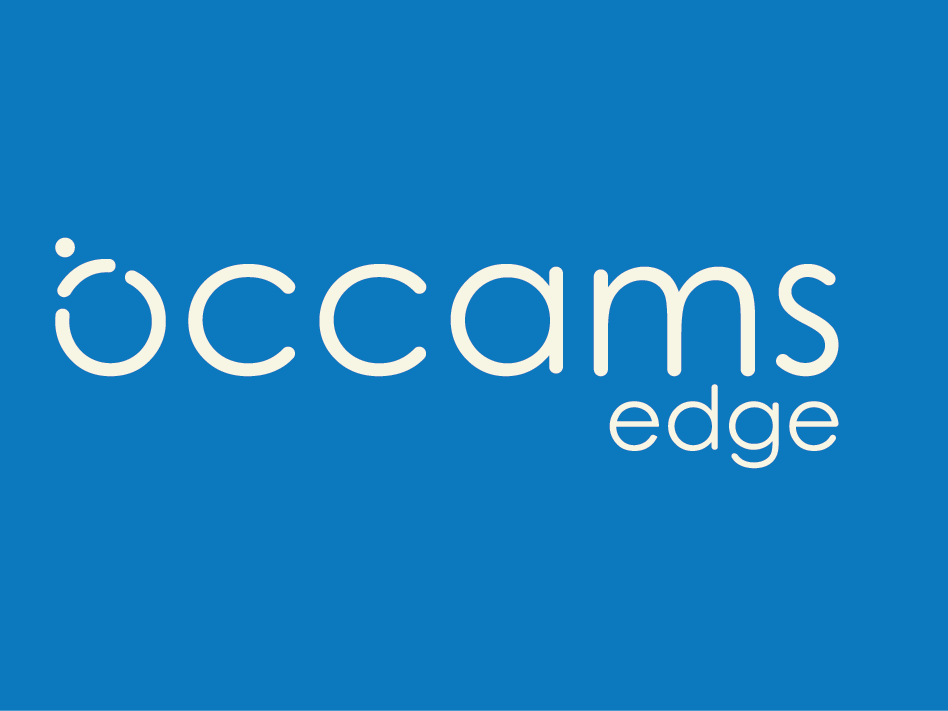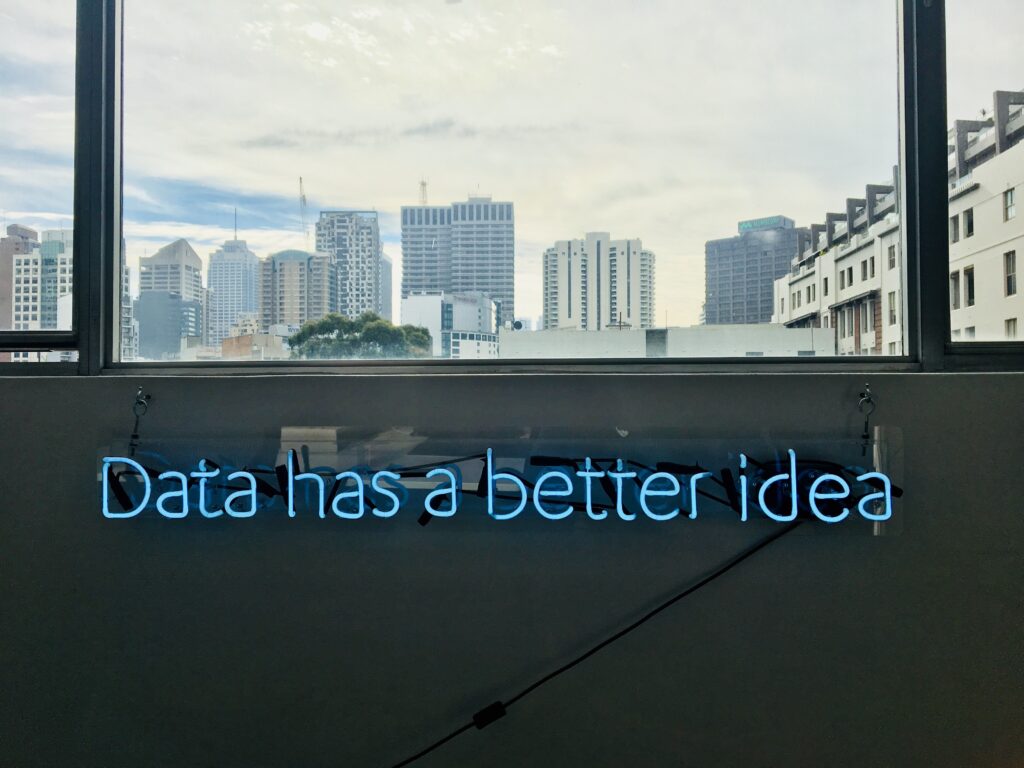
The cultural norm in business today is all about building consensus before making a decision. Sounds lovely but building consensus is an art and it frequently creates so much complexity. The simple reality is that the goal of decision making should be for leaders to review the facts and relevant opinions and then make a quick decision. The science of decision making. The truth is that good decision making is both an Art and a Science. You won’t really know what the right decision is until after you have actually made it. All you are doing is making a choice from a series of options. The hard part comes after your choice; making it work.
Leaders are responsible for creating and sharing an organized decision-making process. That sounds somewhat formal, but it doesn’t mean that it has to be rigid, cumbersome, or time consuming. It is simply an understandable framework for the organization to establish the basic “rules of the road” when it comes to making decision. Decision rights, delegation of authority, and RACI (Responsible, Accountable, Consulted, Informed) Models are all considered as great tools to avoid chaos and confusion.
Having a decision-making process is crucial for all organizations. However, if it is too cumbersome and time consuming it will stall the organization. Too simple and you run the risk of making the wrong choice. In both cases the impact shows up in outcomes, engagement, and overall effectiveness.
Any decision-making process should include clear objectives about the situation and incorporate input, insights and knowledge from key stakeholders. In thinking about key stakeholders keep it simple by considering three groups of people; Who cares about the decision? Who has knowledge about the issues and alternatives? and who needs to agree to the decision?
These three groups of stakeholders not only help you make the right choice, but they also help in making sure that the decision is implemented. Their participation in the process engages their commitment to see it through, which is probably more important than the decision itself. As they say, an average choice well executed is often better than a good choice poorly executed.
Making choices and executing them go hand in hand. What is important is the commitment to the decision. Commitment is different from consensus. Consensus is a general agreement, shared by all the stakeholders, about a decision. Commitment is a promise to make the decision a success. Commitment is saying, whether you agree with the choice or not, that you will personally do everything you can to make it a successful.
Engaging the three groups of stakeholders to gain commitment can be difficult. We use four exercises to help with the visualization and ownership of the decisions to be made. The first is to imagine and share as a team what success looks like for of each decision alternatives, post implementation. Think in vivid color. Make it the art of the possible. The second is to think about the unintended consequences of the choice. What might be the second and third implications of making the decision. Consider the impact on customers, employees, standard operating procedures, technology, etc. A third exercise is to think about failure. How could this decision make things worse, what could go wrong, what would be the implications? By articulating the failure scenario, we begin to understand potential risks, develop balance in the execution, and gain clarity on the path forward. Finally, we use an assumption-based exercise to help build commitment. Asking the question “What would need to be true in order for this choice to be a success?” This is a simple yet effective way to work through assumptions that stakeholders are making when considering the options in front of them.
Using our three stakeholder groups and four exercises can help to build commitment. Even when making unpopular decisions this method allows for due process; listening, inclusion and consideration of alternatives which leads to better choices and improved execution. Moreover, these techniques keep the decision-making process relatively simple and avoids a complex consensus driven approach.
The final takeaway: The cultural norm of today may be to gain consensus but that doesn’t equate to successful and actionable decision making. What does? Commitment to support a decision once made, regardless of personal views and doing all that needs to be done as a team to implement that decision is the key to success.
.




